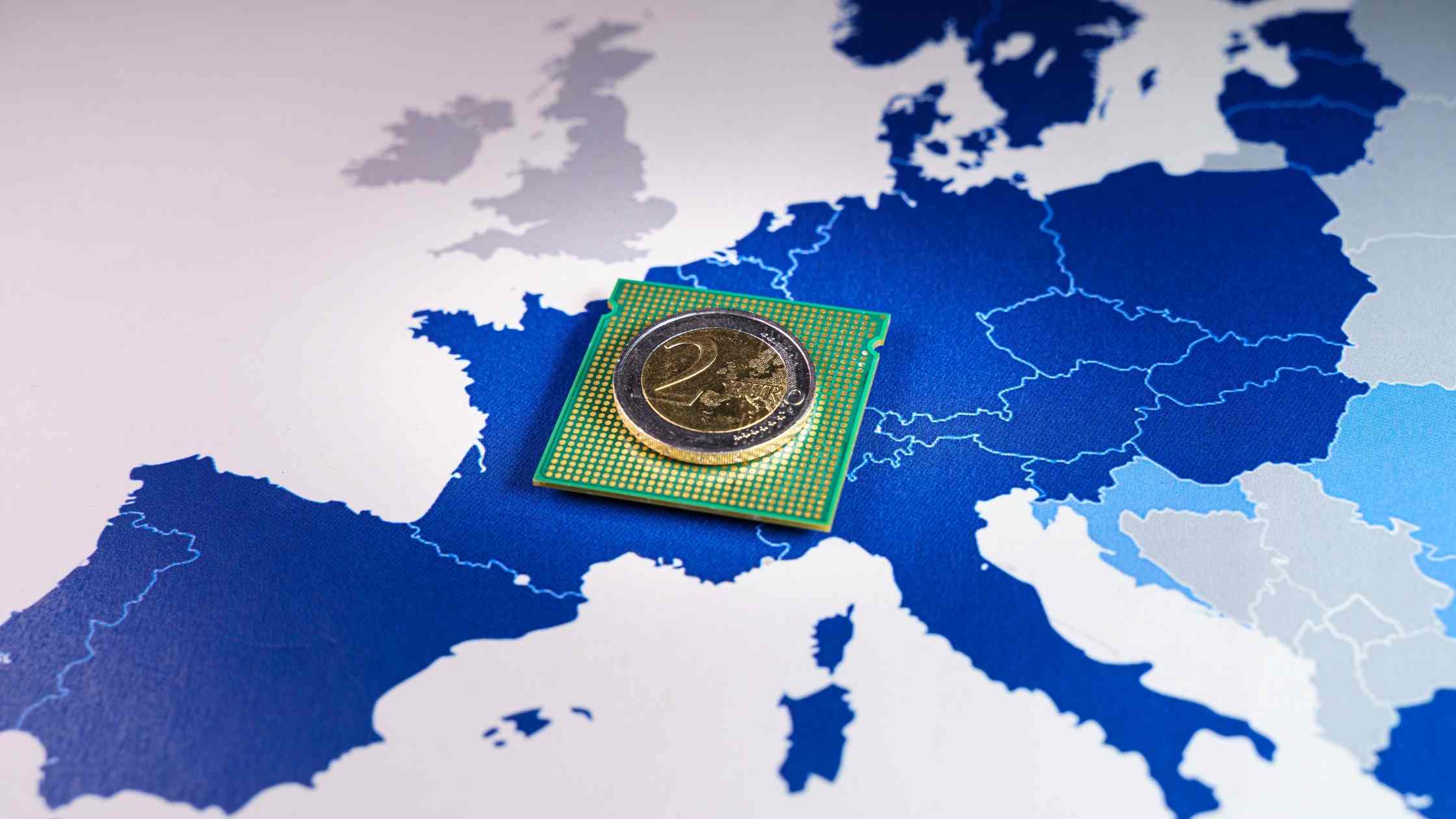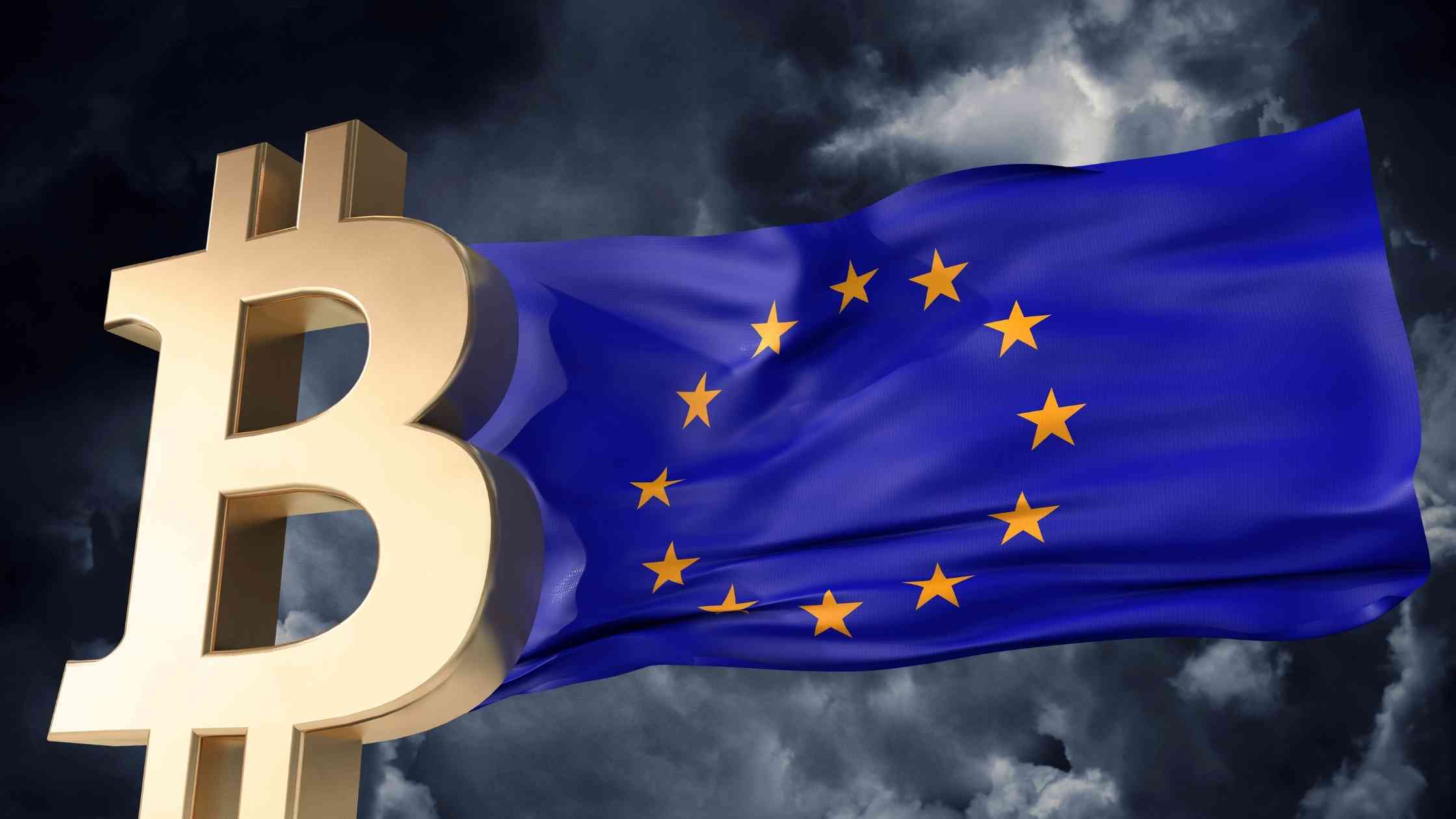
European Parliament Approves MiCA (Crypto Legislation)
The 2020-created regulatory package now awaits the European Council’s approval before being enforced. Following two previous postponements, the European Parliament has held the final vote on the Markets in Crypto-Assets Act (MiCA).
The legislation, initially proposed in 2020, must be approved by the European Council before taking effect.
The vote took place on April 20. Stefan Verger, the European Parliament member and crypto advocate, said this to be a milestone for the crypto industry.
What’s the point of the Markets in Crypto-Assets Act (MiCA)?
MiCA aims to establish standardized regulations and harmonized rules for crypto assets across the European Union (EU), providing legal certainty for the crypto industry and investors.
The regulation will set guidelines for the operations, structure, and governance of digital asset token issuers and impose rules on transparency and disclosure requirements for crypto issuance and trading.
MiCA’s specific provisions regarding stablecoins will be enforced in July 2024, while other provisions, including those for crypto asset service providers, will come into effect in January 2025.
The regulation has been met with cautious optimism. However, the regulations mentioned in the 400-page document have also presented concerns by specialists.
For instance, the current draft, which was submitted to vote, does not mention decentralised finance (DeFi), address the growing crypto lending and staking sector, or establish rules for nonfungible tokens.
The industry speaks strongly for the need for cooperation between governments, regulators, and industry stakeholders. This was one of the topics at Paris Blockchain Week 2023.
While the future is uncertain, EU officials say that MiCA should help mitigate the negative impacts of incidents such as FTX’s insolvency in the future.
Limitation of MiCA
MiCA will become the first comprehensive pan-European crypto framework, set to take effect in 2024. During the latter half of last year, when most of the MiCA text had been drafted, the industry experienced several shocks, creating new challenges for regulators.
However, given the rapid expansion and dynamic nature of the crypto industry, there will always be new issues that will need to be addressed.
This raises the question of whether MiCA, given its current imperfections, can be considered a truly “comprehensive framework” a year from now.
More importantly, will it be an effective set of rules to prevent future failures similar to those involving TerraUSD or FTX?
EU DeFi regulations need to improve
A significant oversight in the MiCA is its treatment of decentralised finance (DeFi). The current draft largely omits any mention of this more recent organisational and technological development in the crypto space, which could pose a problem when MiCA is implemented.
If and when more users turn to DeFi, after the countless failures of the centralized platforms, customers will need regulations to receive protection. And there’s also the money laundering issue. However, given the decentralisation of DeFi, regulating this branch is a huge hurdle for authorities. Customers are still new to the crypto market, and many take their first contact using centralised exchanges.
But the absence of a specific section devoted to DeFi does not imply it is impossible to regulate. DeFi is essentially a collection of derivatives, bonds, loans, and equity financing presented as something new and innovative. In this sense, industry thought leaders believe that the yield-bearing, lending, and borrowing of collateralised crypto products are areas of interest for investment and commercial banks and should be regulated similarly. In this context, the suitability requirements outlined in MiCA could be helpful. For example, DeFi projects might be classified as providing crypto asset services in MiCA’s terminology.
Lending and staking
DeFi might be the most prominent, but it is not the only shortcoming of the forthcoming MiCA. The EU framework also neglects to address the burgeoning sectors of crypto lending and staking.
Considering recent failures involving lending giants like Celsius and the increasing attention of American regulators to staking operations, EU lawmakers will need to develop appropriate regulations as well.
The market collapse last year was driven by poor practices in this space, such as weak or non-existent risk management and reliance on worthless collateral.
On the other side of the financial system are banks. Legacy commercial or investment banks and even “traditional” fintech companies face more stringent regulations. Some believe the EU should provide a standard that should apply to all these services and products, which includes both investment banks and crypto platforms offering lending and staking services.
Non-fungible tokens (NFTs) are another area to monitor. In August 2022, European Commission Adviser Peter Kerstens revealed that despite the lack of a specific definition in MiCA, NFTs would be regulated like cryptocurrencies in general. In practice, this could imply that NFT issuers would be considered crypto asset service providers and required to submit regular reports of their activities to the European Securities and Markets Authority through their local governments.
Is the EU’s regulation (MiCA) a good thing?
While MiCa still has some unresolved issues, the industry is moving forward and helping legitimise the market.
However, it’s necessary that European lawmakers keep pace with regulatory updates. There’s a need for a more robust approach to some of the technical standards and guidelines currently being developed as part of the MiCA regime. The process of developing and putting these regulations in place is also slow in the EU.
On the other hand, the EU has legislation for the crypto industry, whereas other economic powers do not.


